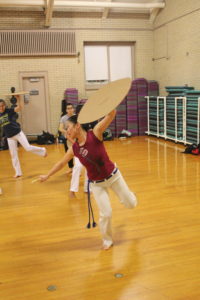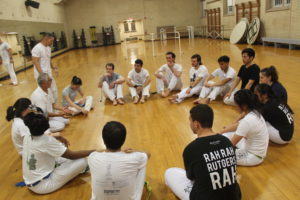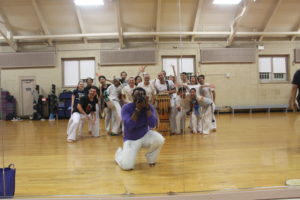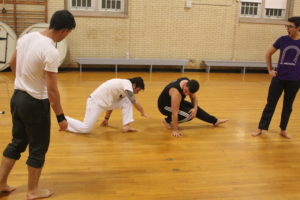Form doesn’t seem that important as you work on it.
You don’t notice until you already have it. It takes a split second where you notice something very, very small an opportunity with a small gap of time; a transition that wasn’t possible before; a potential injury that was avoided just in the nick of time.
This is its purpose.
All movements, arts, crafts start with a foundation that launches those future participants. It’s how all of these things get better. Things are perfected, then improved. The improvement requires endless repetition. After that, comes the innovations.
This is the concept of knowing the rules before you break them.
Art grows faster when it has structure. How rigid the structure varies, but if the artform can’t stand on its own, people cannot lean on it. People must build upon it. That’s why the foundation is so important.
Just keep in mind that practice builds that foundation.




